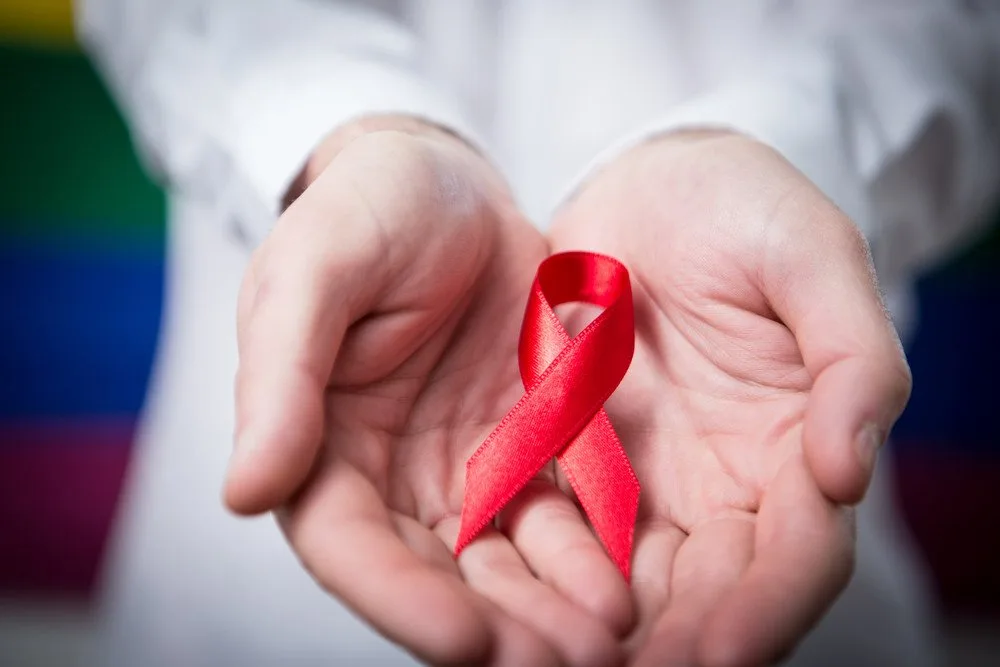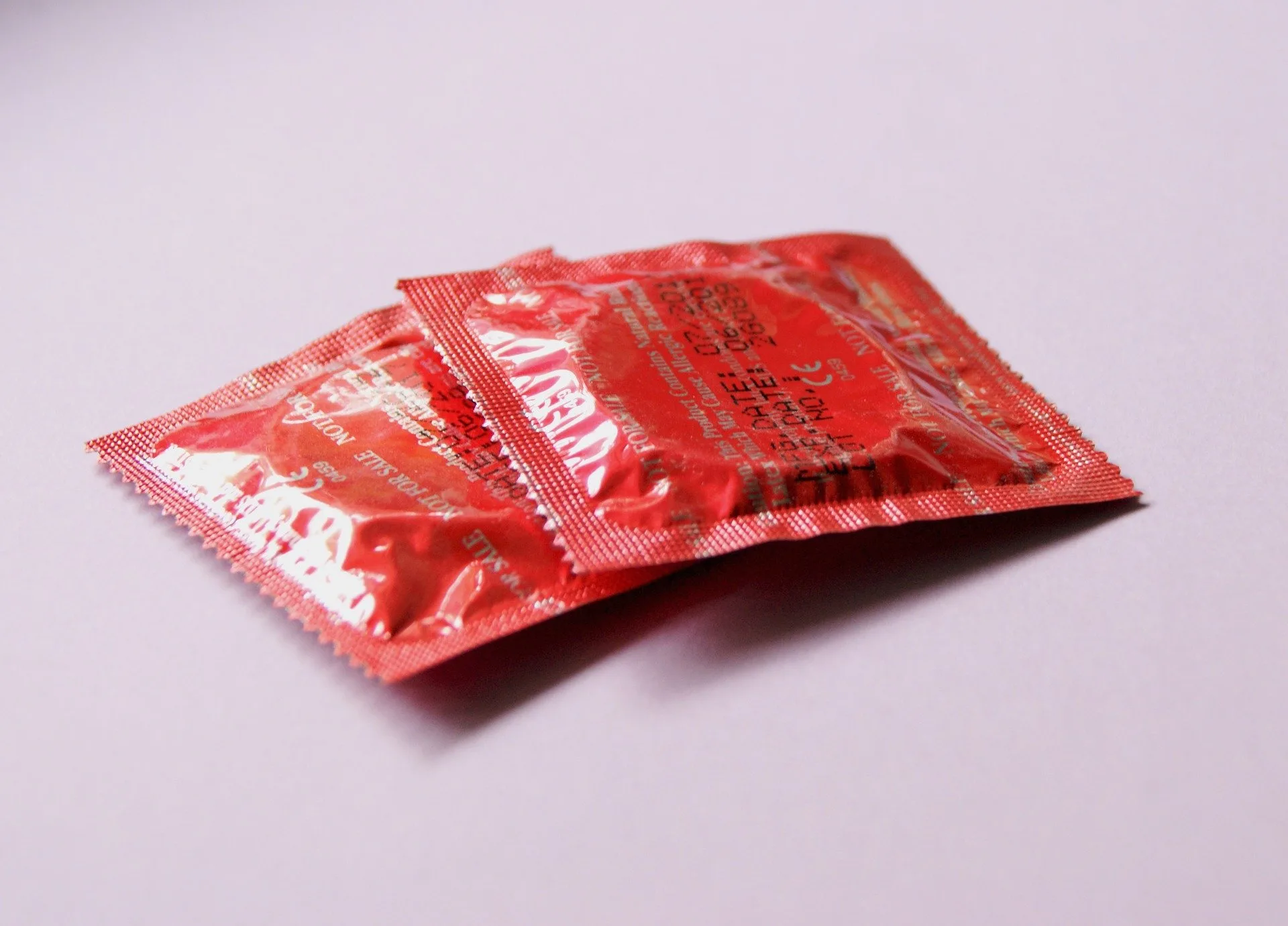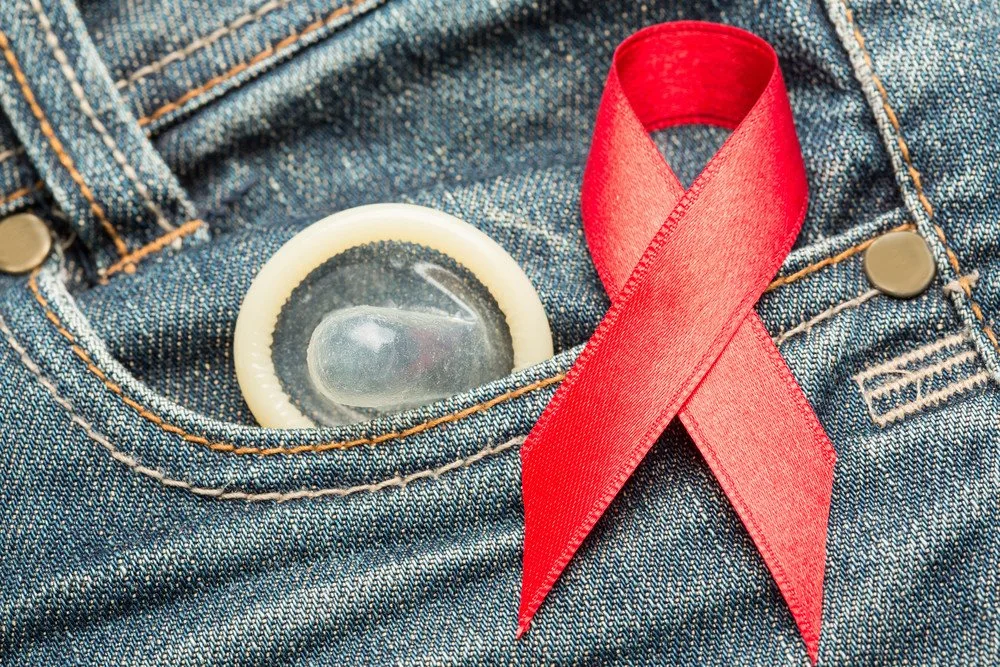While there have been advancements in the fight against HIV, at this time around 38 million people are living with HIV (1). That said, for gay and bisexual men, as well as other men who have sex with men, the risk of contracting HIV seems to be particularly high, with this group being 27 times more likely to acquire HIV than the general population.
Unfortunately, social, cultural, and religious stigmas can constrict how LGBTQIA+ men access information about HIV, particularly how to prevent it as well as live with the condition. For instance, the use of PrEP can help to curb the rising infection rates, as well as make living with the condition much more manageable. Having said that, it’s always important to get all the facts before adopting any prescription drug regimen including PrEP.
What Is PrEP?
Pre-exposure prophylaxis (PrEP) is a form of HIV prevention whereby a pill is taken before and after sex in order to prevent a person from contracting HIV.
How Does PrEP Work?
PrEP works by blocking HIV from taking hold and spreading throughout your body. That said, PrEP is only effective if it’s taken consistently, every single day. Missing a dose may significantly affect its effectiveness.
It’s important to remember that PrEP is not a cure for HIV, nor does it protect against other sexually transmitted infections and diseases. Therefore, you should always use condoms, even while you are on PrEP.
Just How Effective Is PrEP in Preventing HIV?
Various studies have indicated that PrEP can greatly prevent HIV infection. A study published in Science Translational Medicine found that:
- people who took 7 PrEP pills per week reduced their risk by 99%.
- the people who took 4 PrEP pills per week reduced their risk by 96%.
- the people who took 2 PrEP pills per week reduced their risk by 76%.
Who can use PrEP?
PrEP can be used by anyone, but it’s particularity important for high-risk groups to seek it out. These groups include:

Photo by Donovan Grabowski on Unsplash
- Homosexual and bisexual men and transgender women who have sex with men
- Men and women who don’t consistently use condoms
- People who have sex with HIV positive partners
- People with multiple sexual partners and/or partners who have not disclosed their HIV status
- IV drug users
How Can I Get PrEP?
PrEP can be found in a number of health facilities, and men’s health clinics. In some states in America, PrEP is available for purchase without a prescription in the state of California (3).
In terms of cost, PrEP drugs are quite costly, but it is important to find out if your medical aid or insurance plan can cover the cost as no price is too high when it comes to your health.
Before prescribing PrEP, your doctor will perform certain blood tests. These tests will check for the presence of HIV infection, as well as hepatitis B, and PrEP also protects against this virus infection (4).
Different Types of PrEP
Truvada is a form of PrEP that was approved in 2004 by the Food and Drug Administration (FDA) for use in the treatment of HIV, and in 2012, it was approved by the FDA as an HIV preventative. Truvada is the only PrEP treatment recommended by the Centers for Disease Control and Prevention (CDC).
At one point, Truvada was the only treatment approved by the FDA for PrEP until October of last year when the FDA approved a new PrEP medication called Descovy (It should be noted that Descovy has not yet been studied for HIV prevention for receptive vaginal sex.).

Photo by Victoria Quirk on Unsplash
How does Truvada work?
Truvada contains two medicines—tenofovir and emtricitabine—which are antiretroviral drugs used to treat HIV infection. Truvada comes in the form of a tablet that is taken orally once a day.
How effective is Truvada?
Truvada is quite effective when it comes to preventing, as well as treating HIV.
A study published in The New England Journal of Medicine found that Truvada helped to effectively reduce the risk of HIV infection, when compared to a placebo, by 75%.
In regards to treating HIV, a responder is a person for whom treatment reduces their HIV level by a certain amount. That said, a 2018 study found that over 90 percent of people treated with Truvada and another antiviral drug (Tivicay) were considered responders after 48 weeks.

PrEP is not a cure-all
It’s important to remember that as effective as PrEP is again HIV, its use should not replace safe-sex practices. A study published in Clinical Infectious Diseases found a 30% increase in STDs among PrEP users after six months. When asked about condom use, 56% of participants said they used them at the same rate after starting PrEP, 41% admitted that they used them less, and only 3% used them more. After a year, half had infections like chlamydia, gonorrhea, or syphilis.

The bottom line
As effective as PrEP is against HIV infection, it’s important to always take the right precautions when it comes to safe sex. Furthermore, PrEP drugs may be highly effective, but not always therefore if you are using the drug, make sure to always use condoms and adhere to a schedule of HIV testing every 3 months.
References
Anderson, P. L., Glidden, D. V., Liu, A., Buchbinder, S., et al (2012). Emtricitabine-tenofovir concentrations and pre-exposure prophylaxis efficacy in men who have sex with men. Science translational medicine, 4(151), 151ra125. https://doi.org/10.1126/scitranslmed.3004006
Baeten, J. M., Donnell, D., Ndase, P., Mugo, N. R., et al. (2012). Antiretroviral prophylaxis for HIV prevention in heterosexual men and women. The New England journal of medicine, 367(5), 399–410. https://doi.org/10.1056/NEJMoa1108524
Mizushima D et al. (2020).Prophylactic effect of PrEP against HBV infection among MSM. Conference on Retroviruses and Opportunistic Infections, abstract 1025.
Spinelli, M. A., Glidden, D. V., Anderson, P. L., Gandhi, M., et al. (2019). Impact of Estimated Pre-Exposure Prophylaxis (PrEP) Adherence Patterns on Bone Mineral Density in a Large PrEP Demonstration Project. AIDS research and human retroviruses, 35(9), 788–793. https://doi.org/10.1089/AID.2018.0297
Volk, J., Marcus, J.L., Phengrasamy, T., Blechinger, D., et al. (2015). No New HIV Infections With Increasing Use of HIV Preexposure Prophylaxis in a Clinical Practice Setting, Clinical Infectious Diseases, Volume 61, Issue 10, Pages 1601–1603, https://doi.org/10.1093/cid/civ778





![women [longevity live]](https://longevitylive.com/wp-content/uploads/2020/01/photo-of-women-walking-down-the-street-1116984-100x100.jpg)










